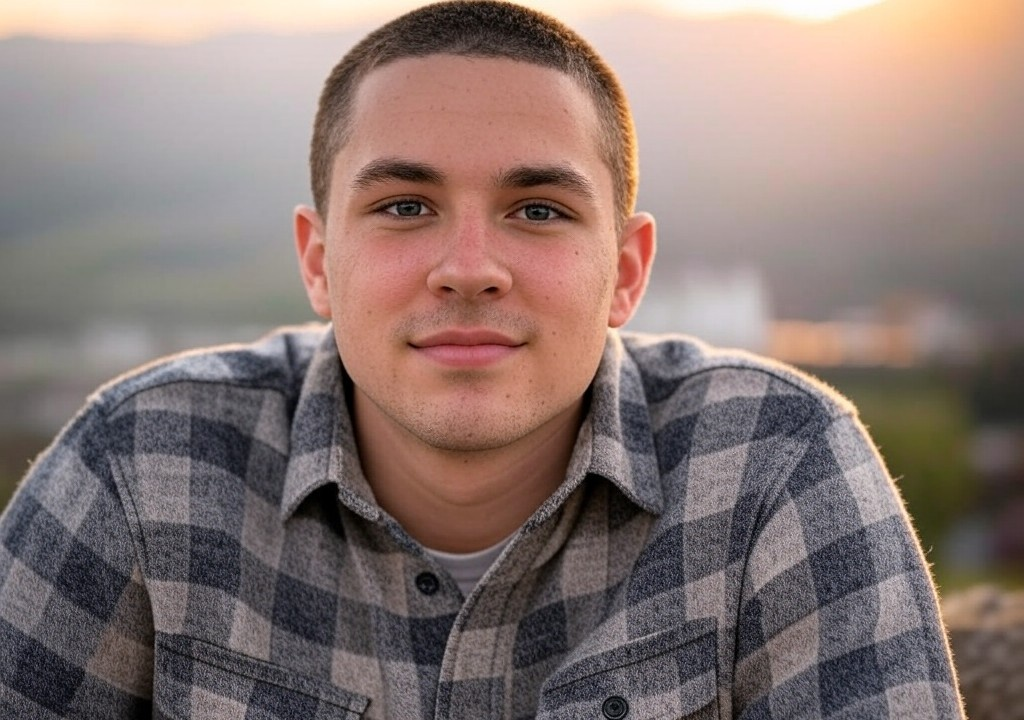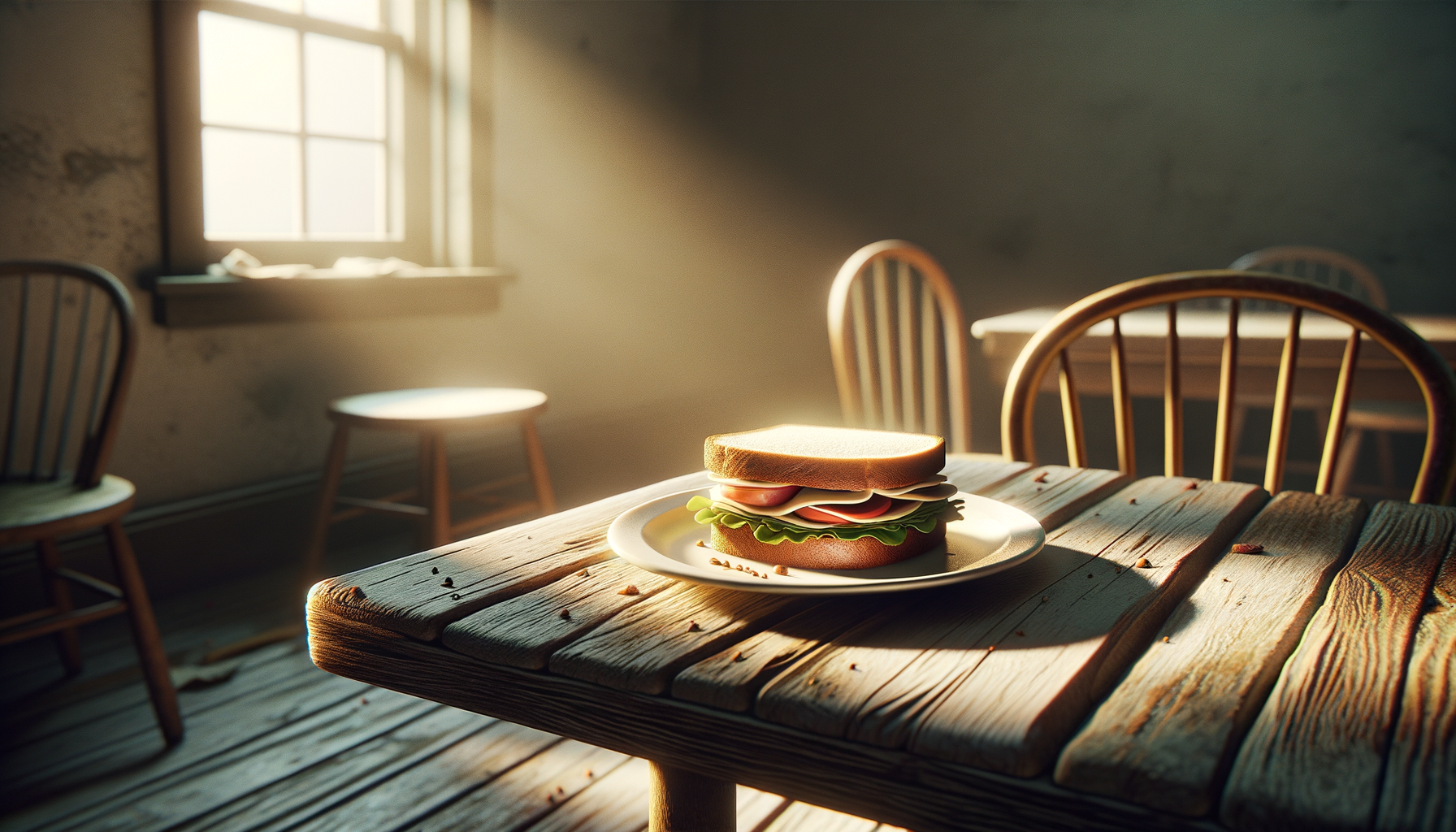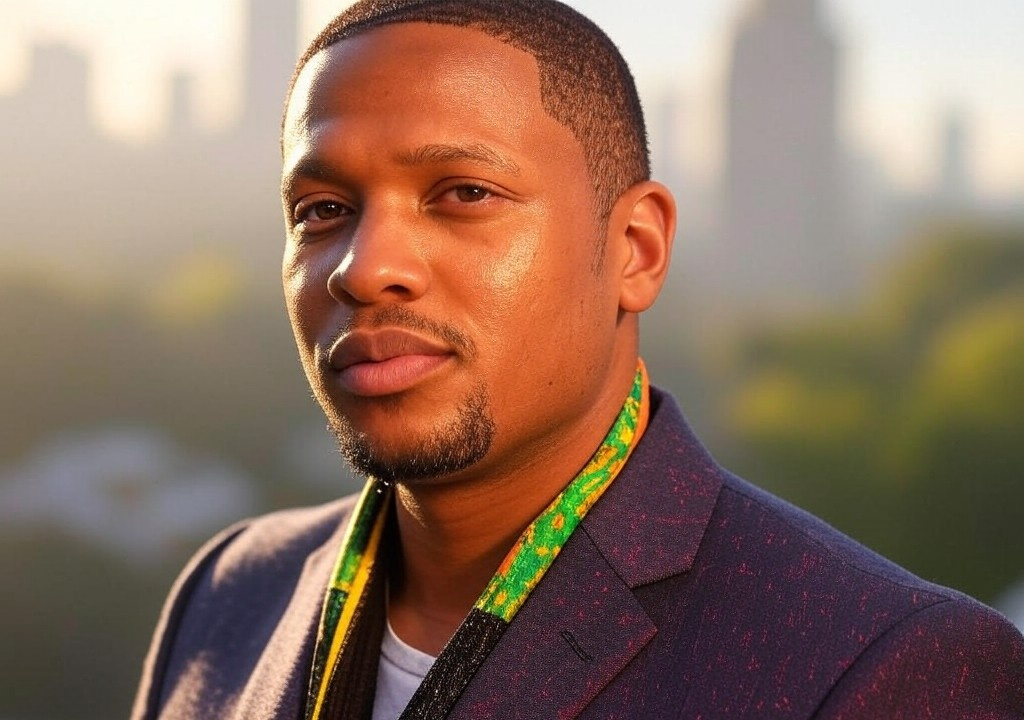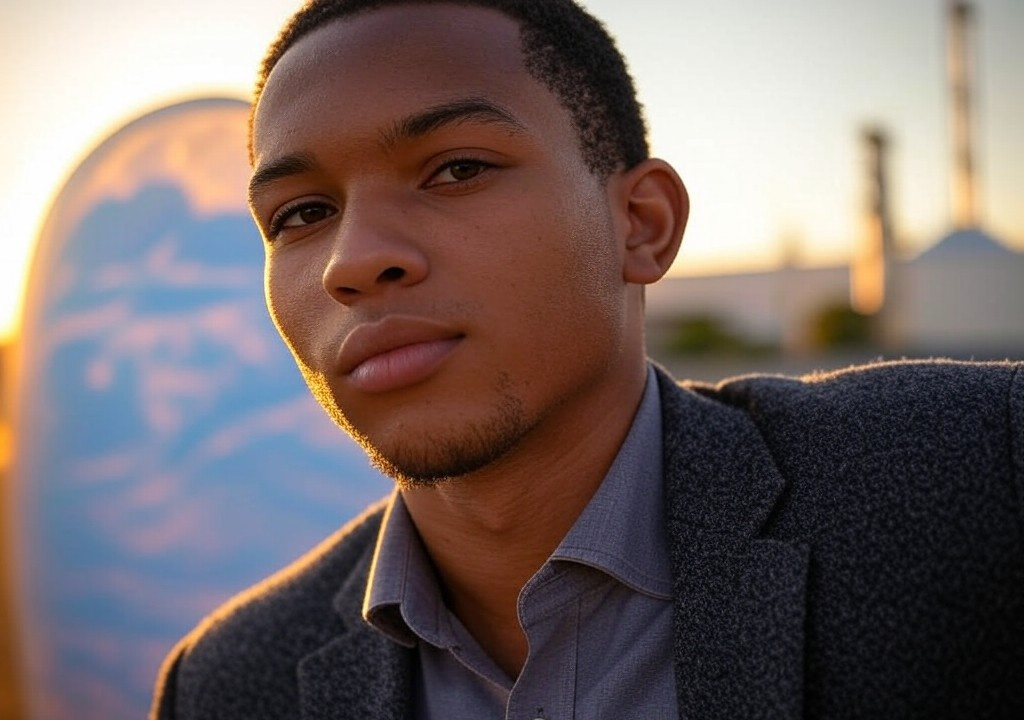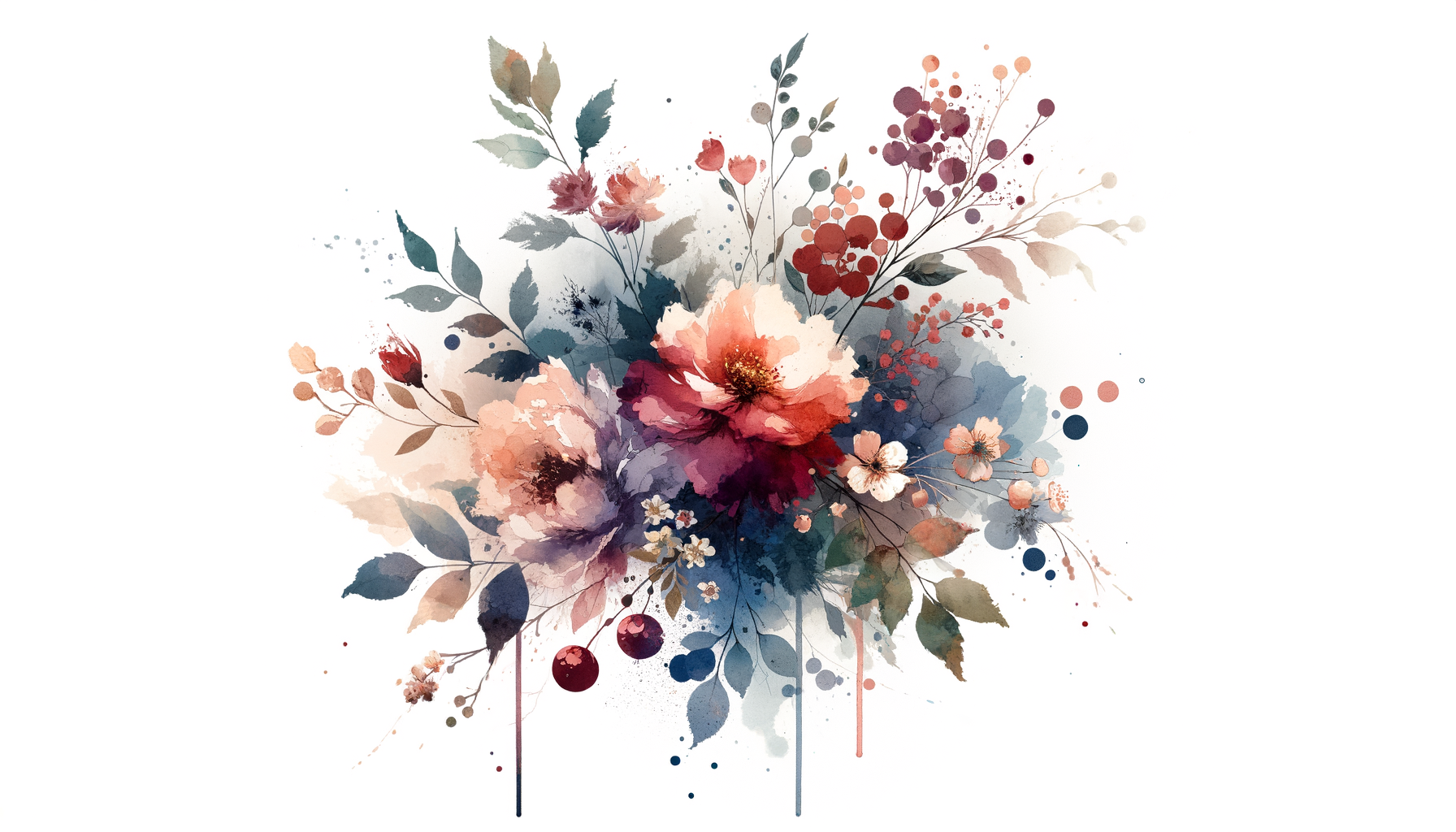The year my life fell apart started like a bad sitcom but quickly escalated into something that felt more…prestige drama. You know, the kind of show where every episode ends with you staring blankly at the credits, asking, “How much worse can it get?” I won’t bore you with every detail—some heartbreaks and embarrassments are best left to ancient group chats and unposted Instagram captions—but let’s just say, by the time spring rolled around, I was questioning almost everything: my faith, my identity, and even my preferred brand of peanut butter. (Crunchy won, by the way. You’d be surprised what soul-searching can reveal.)
That year taught me so much, not because I wanted the lesson, but because life had yanked the syllabus out of my hands. And as I worked to put the pieces back together, I learned that breaking down can actually be the first step to building something real. So buckle up—I’m about to pour some wisdom into your metaphorical mason jar, Utah style.
Chapter 1: Everything Falls Apart, Even in a Scenic Landscape
First, let’s set the stage. Picture Salt Lake City in late January, which is as close to Antarctica as Utah gets. The sky was grey. Snowbanks were high. My relationship, four years deep, tanked in the middle of a park-turned-ice-rink. It wasn’t a dramatic breakup, no teary shouting or slammed doors. Just a quiet unraveling as we both realized we wanted fundamentally different lives. I walked away numb—and not just because I’d sat on icy pavement through the “we should talk” conversation.
What followed was a cascade of “adjustments.” My career felt stalled as a freelance writer—you know, the glamorous gig where you either overpromise your deadlines or eat too many bowls of cereal because client emails can wait. On top of that, some differences with my faith began bubbling to the surface. It wasn’t a total departure from the beliefs of my upbringing, but I felt stuck between the safety of tradition and the pull toward a more nuanced identity. In short, my life resembled a Jenga tower right after someone yanks the bottom block.
I hated every minute of it. But also? It was exactly the moment I needed to stop clinging to Plan A and start figuring out what Plan B (or maybe C through F) could look like.
Chapter 2: Giving Myself Permission to Break
One of the first things I realized when things crumble? You have to allow yourself to sit in the mess for a while. As someone raised in a culture of control, structure, and certainty, this felt like the emotional equivalent of going off-roading without any gear. I kept trying to plaster over my life with positivity. “This is fine!” I’d tell myself, as though recreating that meme with the cartoon dog in a burning house. Spoiler: It wasn’t fine.
A pivotal moment came one day hiking the Bonneville Shoreline Trail (yes, I’m about to tell you a poignant nature story, true to form). The Wasatch Mountains were dusted with snow, the air biting but invigorating. I reached a lookout point where the city stretched below me in all its orderly chaos—and I realized how small I was in the grand scope of things. It was oddly comforting. If entire mountain ranges could survive wind, rain, and time, maybe I could weather this moment, too.
From then on, I gave myself permission to break down when I needed it instead of trying to hold everything neatly together. I spent afternoons journaling in coffee shops, nights binge-watching "Parks and Recreation" simply because it made me laugh, and entire weekends alone with my thoughts. Turns out, rock bottom isn’t so bad when you start treating it like a foundation rather than a permanent address.
Chapter 3: Finding Small Joys That Stack Up
Once I made space for the chaos, I started noticing joy in small, surprising ways. At first, it came involuntarily—a sunrise reflected in freshly fallen snow, the unexpected kindness of a stranger holding the door when my arms were full of library books. Then I started actively seeking joy out.
I signed up for a pottery class, partly because it seemed fun and partly because I thought, “Hey, if Patrick Swayze vibes from Ghost can’t heal me, what can?” I wasn’t great at it—my vases were more abstract than Instagram-worthy—but the tactile experience of creating something, even something lopsided, began to feel healing.
Then there was my decision to host a “Great British Baking Show”-themed Sunday gathering with friends, during which I attempted to make a cherry tart, failed spectacularly, and ended up laughing so hard I cried. It wasn’t significant in the sense that these moments solved my problems, but they reminded me of something crucial: You can find light even when things feel overwhelmingly dark.
Chapter 4: The Rebuild
It would be poetic to say that everything clicked back into place all at once, but life isn’t a Hallmark movie. Rebuilding is messy. It’s one step forward and two steps back sometimes—but one thing I’m certain of? It’s worth the process.
Here are a few things that helped me start rebuilding my life in a way that felt more intentional:
1. Saying “yes” to things that scared me.
I signed up to teach that creative writing workshop even though I thought, “Who am I to be in charge of other people’s art?” Turns out, feeling unqualified is often just a side effect of growth.
2. Taking stock of what I’d been avoiding.
After years of pushing aside doubt about my faith, I stopped being afraid of asking questions. It wasn’t about abandoning my roots but about reimagining how they fit into my grown-up life. (Hot tip: spiritual exploration pairs well with hikes—mountains bring perspective in spades.)
3. Prioritizing meaningful relationships.
When you go through tough seasons, you learn quickly who shows up for you—and importantly, who drains your energy. I stopped making excuses for toxic dynamics and started pouring energy into friendships that uplifted me.
4. Letting go of unattainable expectations.
I stopped believing in the Instagram-perfect version of myself and started embracing the reality. My apartment has laundry piles, and not every day looks Pinterest-worthy. But it’s real, and that’s better than perfect.
Chapter 5: A Closing Thought from a Recovering Overthinker
If your life is in shambles, take it from someone who spent an entire year duct-taping his confidence back together: It’s okay to start over. It’s okay to be messier, scrappier, and more uncertain than you thought you’d be in your “plan.” If mountain trails have taught me anything, it’s that detours often have the best views.
Sometimes “falling apart” is life’s way of clearing out all the junk you didn’t need so you can rebuild something stronger and more intentional. And if you ask me now, I’d say that’s worth a few sleepless nights, a lot of tear-streaked journaling, and more bad cherry tarts than I care to admit. So here’s to breaking, bending, and building—a mountain at a time.


